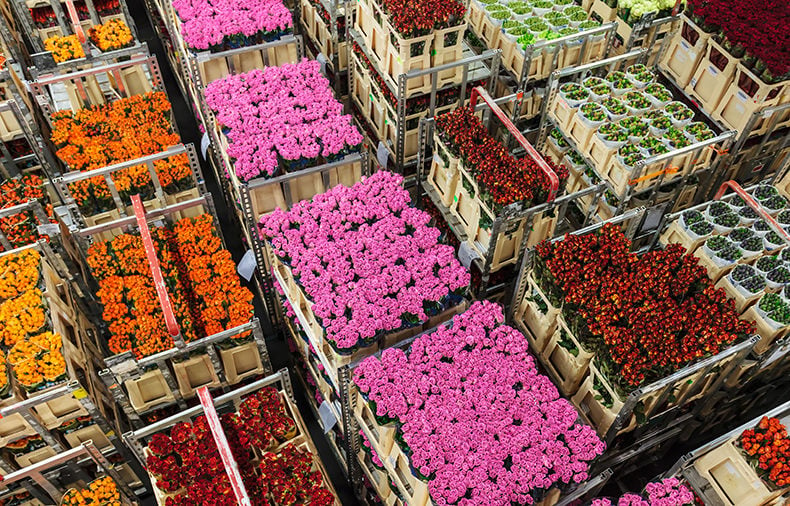There are several steps you can take to ensure the smooth transport of your plants. Follow the steps below to properly prepare your plants for shipment.
Shipping small and medium sized plants:
- Keep your plants moist during transport by thoroughly watering in advance, wrapping newspaper around the pot, and placing burlap around the leaves and stems.
- Transfer plants from breakable pots into sturdy plastic containers.
- Place pots in a carton for easier transport.
Shipping large plants, trees, or shrubs:
- Moving large plants should be done when the plant is dormant.
- Root the plant a year before you plan to move it. Using a sharp spade, dig a trench around the plant that is about two feet deep and as wide as the spade. In the process, you will sever the roots. The trench should be three to four feet from a small tree or shrub, five to eight feet from a larger one.
- Fill the trench with sphagnum moss. The plant will form a compact root system inside the boundary and will be better able to withstand the move.
- Prune the plant well several weeks before transplanting.
- Wait until you are ready to move the plant, and then dig a trench in a circle at least a foot from the crown. Dig down at least two feet, separating a ball of earth that includes the roots.
- Rock the ball gently back and forth until it moves loosely, and you can lift it out of the hole. Use a board for leverage, and get help for this part of the process – even small shrubs are heavy
- Set the plant and its ball of soil on a piece of burlap, wrap the burlap around the soil to keep it from crumbling, and move it to a spot protected from sun and strong winds. Remember to slide the plant, never roll it, and take care not to let it drop – roots are fragile.
- Wait at least two weeks before replanting. Meanwhile, keep the plant in its sheltered spot and water often and gently, keeping the soil moist.
For more information regarding the shipment of plants and agricultural products in the US, consult with the USDA.




